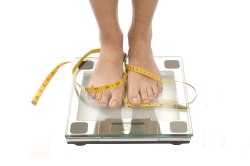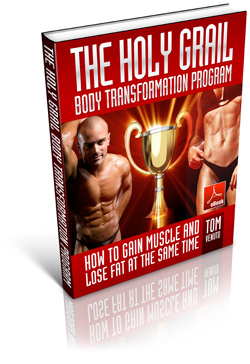At age 23, she decided to make a change, and began working out at home before making her way to running, the gym, and the yoga studio. "As I started to work out with different people, I discovered that if you find the right group to jibe with, you'll make friends, build a community, and understand that not everybody is judging you," she says.
Connecting with this type of support system can help big-time. But Heilig didn't get there overnight. Here, Heilig and other fitness experts offer tips for taking the discomfort—and mental and physical annoyances—out of working out when you're starting with extra weight.
Ease in (or back in).
If you're brand-new to exercise—or returning after a break—don't jump straight into an intense DVD series or punishing hour-and-a-half classes. You risk pushing your body past its limits, which feels terrible while you do it and takes you no closer to your long-term goals, says Chicago-based personal trainer and nutrition expert Ashley Pettit.
Instead, evaluate where you are fitness-wise and aim to gradually increase how often, how intensely, or how frequently you move. One way to begin: Buy a fitness tracker or just use an app on your phone—such as HealthMate by Withings—to track your steps. Maintain your normal activity level for 3 days to get a baseline count, then set a goal to take a few more steps. Instantly, you're doing more than you were before—all while feeling better instead of worse, Petit says. (Even 10 minutes a day can make a big difference! Check out the results real women had on the Fit in 10: Total-Body Transformation program.)
Invest in your feet.
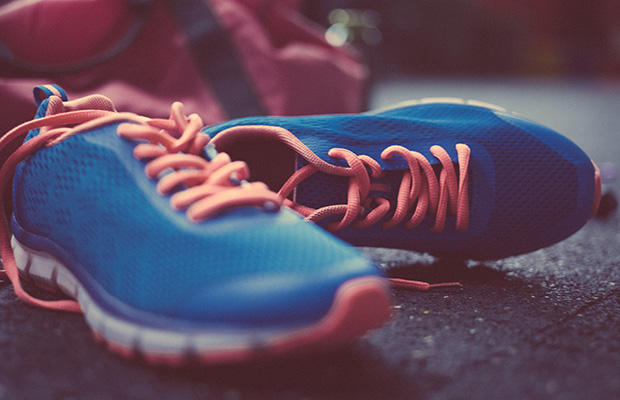 Photograph by Photolyric/Getty Images
Photograph by Photolyric/Getty Images
As your two main points of contact with the ground, your feet bear the heaviest load during most sweat sessions, says Todd Anderson, a trainer and fitness manager at Equinox in Chicago. Treat them right with a high-quality pair of shoes designed specifically for the type of activity you do most frequently. For instance, walking or running shoes cushion the impact of the treadmill or path. (Check out our list of the 10 best walking shoes.)
Go to a specialty store and ask for a fitting by a trained professional. If you plan to do side-to-side movements or classes that involve quick changes in direction, look for kicks that offer good ankle support, Heilig recommends.
Move to music.
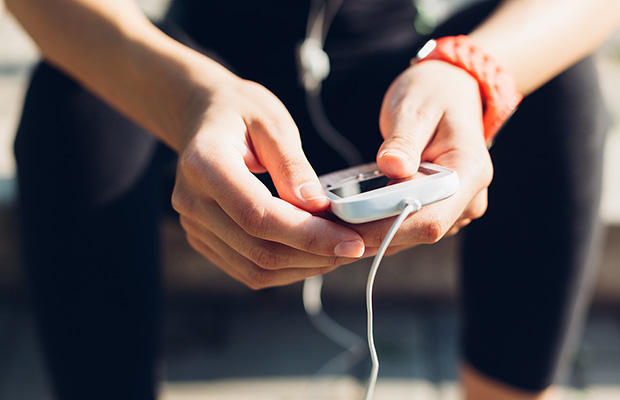 Photograph by Kikovic/Getty Images
Photograph by Kikovic/Getty Images
Another crucial piece of gear, Anderson says, is an uplifting playlist. In a recent study in the Journal of Sports Medicine and Physical Fitness, women covered 10% more ground during the same walking workout with music than when they strode in silence, yet reported that the session felt easier. Choose songs that make you feel strong, powerful, and comfortable to set the perfect mindset for a great workout. Or sample a playlist from an app or website like jog.fm. Just enter your activity of choice—walking, cycling, or running—and your pace, and you'll get a mix matched to maximize your performance and fun.
Dress the part.
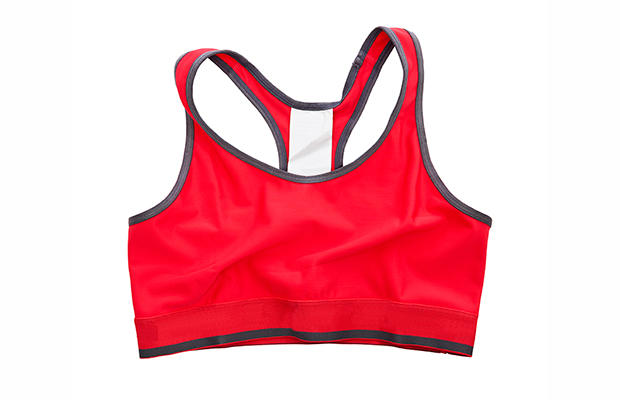 Photograph by gemenacom/Getty Images
Photograph by gemenacom/Getty Images
You don't have to bust your budget on pricey apparel, but that ratty old T-shirt and sweats aren't doing you any favors. "Loose, baggy, and shapeless clothes may cause or exacerbate painful chafing and fail to provide adequate support, specifically in the breasts," Heilig says. Meanwhile, finding one or two outfits that fit well and feel good can make each workout exponentially more pleasant, Pettit says.
Get fitted for a sports bra—Heilig likes those that encapsulate each breast, rather than squeeze the two together (check our guide to the 6 Best Sports Bras For Well-Endowed Women). Buy tops and bottoms that make you feel confident, allow you to move freely, and are made of moisture-wicking fabrics to reduce friction when you sweat. Bright colors and patterns add an extra dash of fun—check out the splashy leggings, strappy tanks, and matching jackets from Lane Bryant's Livi Active.
Address any aches.
Injuries or ongoing pains, including joint pain, usually don't mean you have to sit on the sidelines. In fact, physical activity often improves these types of conditions. However, orthopedic concerns might require some modifications to your routine, says Anthony Wall, MS, director of professional education at the American Council on Exercise (ACE).
If you're hurting, check in with a qualified personal trainer—such as one that's ACE-certified—and speak up about your likes, dislikes, and discomforts. He may recommend you pay a visit to your health care team for a diagnosis and more detailed advice. Using a collaborative approach, these experts can design a program that alleviates—rather than exacerbates—any pain you're experiencing, Wall says.
Go low—on impact.
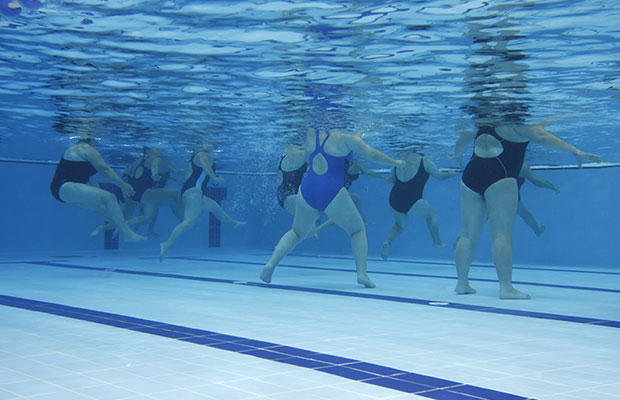 Photograph by Ana Abrao/Getty Images
Photograph by Ana Abrao/Getty Images
Plyometric moves like jumping jacks, jump rope, and running can aggravate your knees and hips, especially if you're not used to the exercises. Lower-impact moves, routines, and classes can have you working just as hard without jarring your joints, Heilig says.
Walking and swimming are obvious and popular options. Also, consider battle ropes, rowing, boxing, aqua aerobics, or kettlebell workouts. Modify moves like jumping jacks into lateral steps—you'll still net similar benefits, Heilig says.
Take a seat.
If standing for long periods of time bothers your body, you can perform many resistance-training moves from a seated position. Use dumbbells, resistance bands, or cable machines to work your arms, legs, and core while sitting on a sturdy bench or stability ball, Heilig advises.
Challenged by balance? Stand next to a wall or chair while you do moves like squats or lunges. "Use it to help steady you until your stability and balance improves—trust me, it will," she says.
Don't settle on a site.
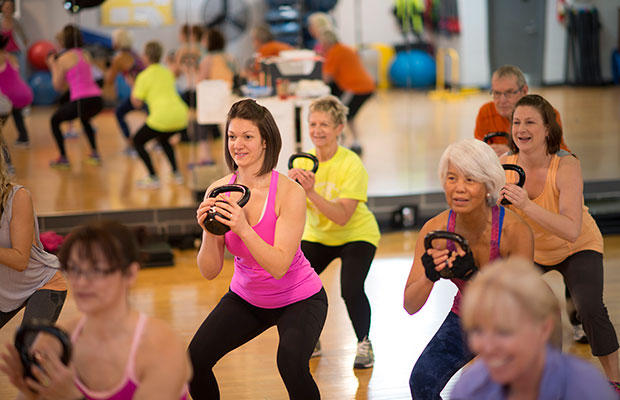 Photograph by Christopher Futcher/Getty Images
Photograph by Christopher Futcher/Getty Images
A gym full of super-fit people can feel overwhelming, but rest assured that most aren't judging you, Heilig says. In fact, as her example proves, they may identify with you more than you realize. That said, if you don't feel comfortable at one particular fitness center, get picky and find another one. Consider taking advantage of free classes or trials, and sample different locations until you find a place that feels like home.
If you go the group fitness route, arrive a few minutes early to chat with the instructor about your fitness level and needs. Most are qualified and compassionate, and will do their best to make you feel safe and comfortable. If you find one that doesn't, don't go back, Heilig says. "It's not you—there are other options out there," she says.
If you'd prefer smaller crowds, try shifting your hours—the same gym that feels like a meat market from 5 to 6 p.m. can transform into a restful oasis at lunchtime, says Tara Romeo, CSCS, assistant sports performance director at Long Island's Professional Athletic Performance Center. Still feeling self-conscious? Work out at home using DVDs or a streaming site like AcaciaTV. Or, hit the great outdoors—green space and nice scenery can boost your mood and your fitness, Romeo says.
Prop yourself up.
Yoga can provide huge benefits to your flexibility, mood, and even your waistline—in one study, overweight people age 45 and older who practiced regularly for 4 years lost an average of 5 pounds. Meanwhile, their sedentary counterparts packed on 13.5 pounds of middle-age spread.
Heilig tells new yogis to buy two blocks and a strap, and not to be afraid to use them. "I use props in my practice all the time because they help me find better alignment without having to struggle with falling over and face-planting," she says. Balancing on blocks or using a strap to stretch if you can't touch your toes allows you to get yoga's benefits without feeling like you're fighting against your body.
Stay balanced.
Don't head to the gym starving, dehydrated, or fatigued—each minute or rep will feel that much more difficult. Eat a nutritious diet rich in fruits, vegetables, and whole grains, and if your stomach's grumbling pre-workout, reach for a light snack (like this perfect pre-workout snack). Just avoid anything heavy in fat or fiber, which can cause digestive distress during your sweat session, Pettit says.
Be sure to increase your water intake as you bump up your activity level, and to get plenty of sleep; it's normal to need a bit more of both when you start working out, Heilig says.
Above all, workouts should leave you feeling energized, not zonked. "If you're fueling and hydrating yourself properly and getting enough sleep but still often feel blah or less than enthusiastic, too much too soon could be the culprit," Heilig says. "Be sure you're building recovery days into your schedule to allow your body time to adapt to the physical demands you're placing on it and get stronger."
